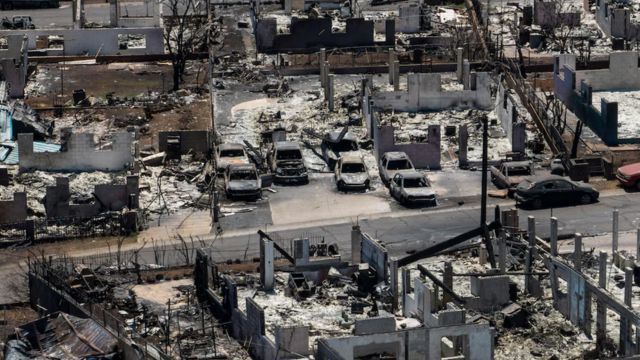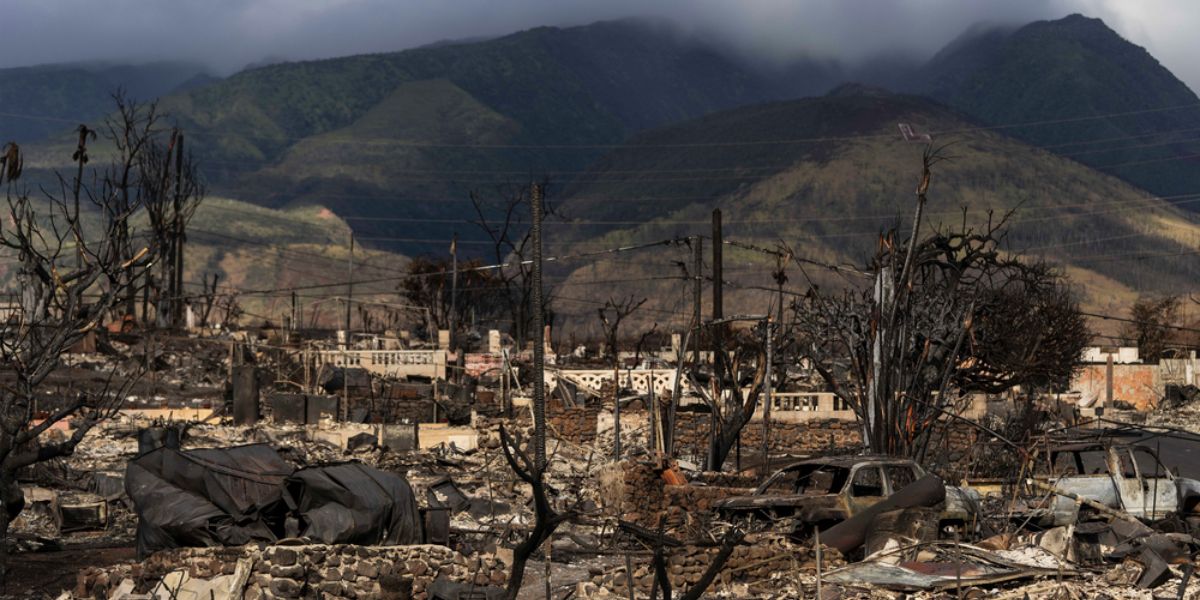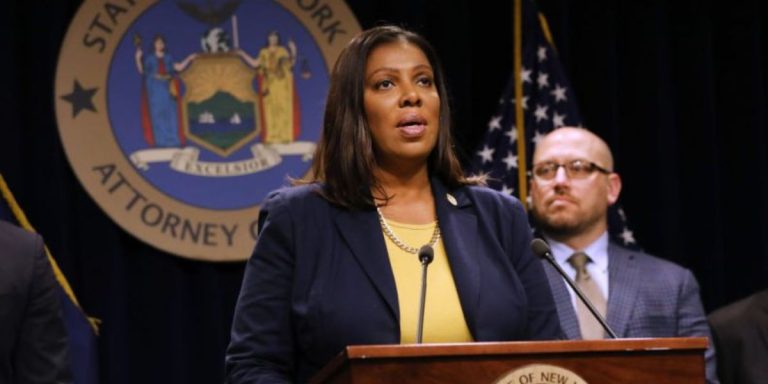The insurance disputes that are stymieing a possible $4 billion settlement for Maui’s devastating 2023 wildfire—the deadliest in the United States in almost a century—will be heard by Hawaii’s Supreme Court on Thursday.
Over 100 people were killed, thousands of properties were destroyed, and an estimated $5.5 billion worth of damage was caused by the enormous fire that destroyed the old town of Lahaina. A short time later, lawyers filed hundreds of lawsuits.
Insurance companies refused to accept the settlement that was announced last summer, arguing that they should have the authority to pursue the defendants individually in order to recover funds that policyholders had been paid.
The following details pertain to the settlement and the potential obstacles to the agreement:
The compensation is insufficient.
A few days prior to the anniversary of the fire that occurred on August 8, 2023, Governor Josh Green declared that seven defendants who were charged with instigating the catastrophe had agreed to pay $4 billion to settle thousands of people’s claims.
Amid concerns that the primary defendant, Hawaiian Electric, the power company accused of starting the fire, would be in danger of going bankrupt, the lawyers for the individual plaintiffs accepted the settlement.
The state, Maui County, and Kamehameha Schools, Hawaii’s biggest private landowner, are among the other defendants.
Despite acknowledging that $4 billion was insufficient to compensate for the losses, the victims’ lawyers said the settlement was worthwhile considering Hawaiian Electric’s meager assets.
The agreement is threatened by legal fighting.
A crucial component of the settlement was the request made by the victims’ lawyers to Judge Peter Cahill to prevent insurance companies from pursuing the defendants individually in an attempt to recover money.
Cahill concurred, stating that insurers may only pursue payment from the $4 billion fund that the defendants had previously committed to paying.
About 200 property and casualty insurers that are still opposed to the settlement were not pleased with that.
They have already paid almost $2.3 billion to individuals and companies, and they anticipate paying a further $1 billion. The ability to pursue their own claims against the defendants is what they desire.
Cahill has raised issues with subrogation—the process by which insurance companies recover money—with the state high court.
One of the questions on the court’s agenda is whether state statutes governing health insurance reimbursement also apply to property and casualty insurance, restricting businesses’ capacity to take independent legal action against those found accountable.
The timing of the justices’ decision is uncertain.

A second trial over how to divide the $4 billion among individual plaintiffs and those covered by a class-action complaint was avoided last week thanks to a last-minute agreement between victims’ attorneys.
While others provided pre-recorded testimony detailing anguish made all the more acute by the recent devastation in Los Angeles, some victims had been prepared to testify.
What is Subrogation?
Subrogation is a legal procedure that is frequently used in the insurance business to enable an insurance company to pursue a party responsible for a covered loss.
It’s one method by which businesses get back the money they pay policyholders for claims.
According to insurance companies, subrogation can be used to offset catastrophic event costs, preventing rate increases. The procedure is for situations where someone is at fault, not for natural calamities like storms.
The governor of Hawaii has already condemned subrogation.
Green stated in remarks cited in court documents that insurance companies do not reimburse policyholders when they make enormous profits and no catastrophes happen.
However, they try to recover the money they paid to the victims when a tragedy occurs.
Texas Senate Approves $1 Billion Taxpayer-Funded Bill for Private School Scholarships
Insurance firms claim they’ve been unfairly maligned
Vincent Raboteau, a lawyer for the insurers, told Cahill during a hearing last year that the insurance business has been wrongly portrayed as outsiders stealing community resources while those who started the fires will not be held accountable.
Insurance attorneys have stated that they are not attempting to obstruct fire victims’ access to compensation funds and instead wish to hold the offenders responsible.
In a court brief, attorneys representing insurers who “assume the burden of these investigations” and assume the risk of those expenses stated that origin and cause inquiries are “time-intensive and costly.”
According to the brief, “for many wildfire victims, payment of claims by their insurer provided quick access to desperately needed funds,” meaning that insurers have paid claims promptly, aiding in the victims’ reconstruction.
National Women’s Soccer League Establishes $5 Million Fund for Player Compensation
When will victims receive compensation?
Not for some time.
Jacob Lowenthal, a lawyer for individual plaintiffs, stated that “that would likely destroy the global settlement agreement” if the California Supreme Court agreed that an insurance company could bring a direct lawsuit against defendants.
To determine when their cases would go to trial, the plaintiffs would return to Cahill’s courtroom.
The settlement may go to finalization if the justices rule against it, initiating an administrative procedure for allocating funds.
It’s possible that the losing party will ask the US Supreme Court for review.







Leave a Comment